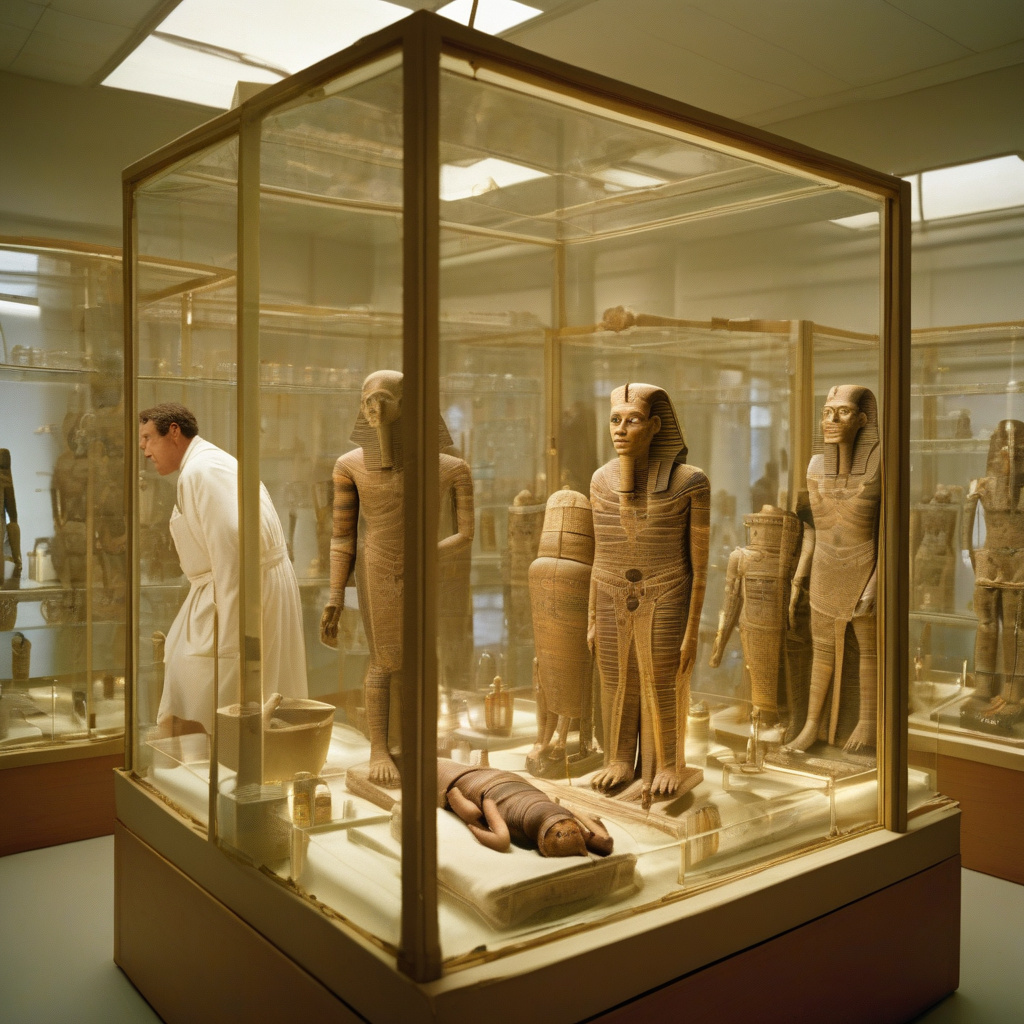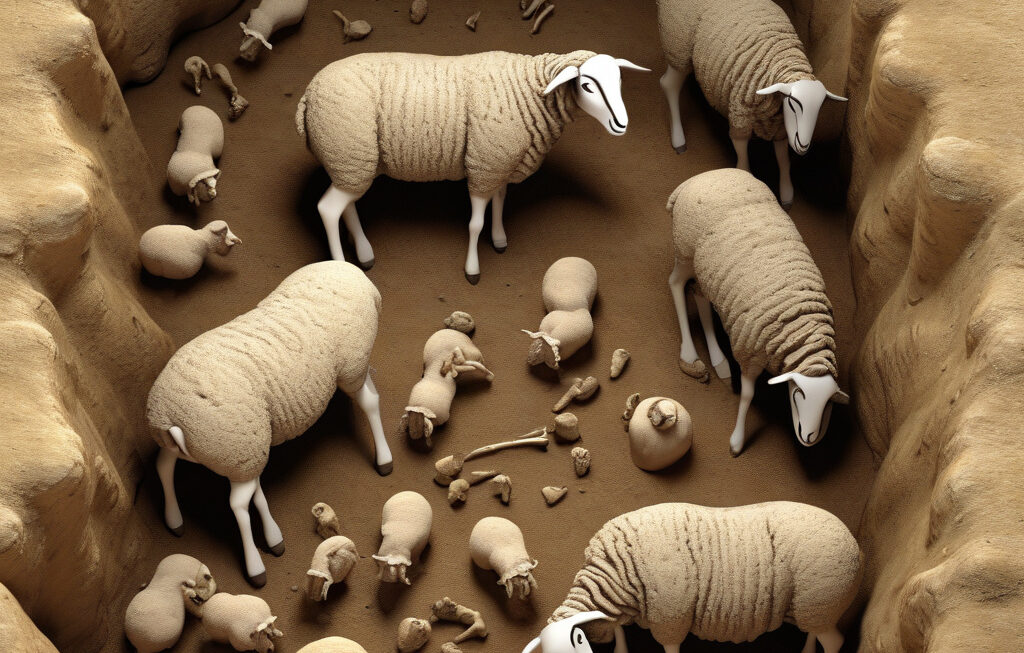300-year-old butt mystery cracked: Mummy preserved through rare rectal method
Austrian scientists have discovered a bizarre and previously unknown embalming method used on a centuries-old mummy. This remarkable finding sheds light on ancient practices and challenges our understanding of preservation techniques.
The mummy in question, believed to be around 300 years old, was found in a church in the Tyrolean Alps. Its remarkably well-preserved state puzzled researchers for years until now. Through a series of advanced tests and analyses, scientists uncovered the secret behind this extraordinary preservation: a rare rectal embalming method.
This unconventional technique involved the insertion of a mixture of substances through the mummy’s rectum. These substances, which included a blend of herbs, oils, and resins, effectively mummified the body from the inside out. This internal embalming process was unlike any other method seen before and contributed to the mummy’s exceptional condition.
Dr. Franz Schmidt, the lead researcher on the project, described the discovery as groundbreaking. “We were astounded to find evidence of this unique embalming approach. It not only speaks to the ingenuity of our ancestors but also highlights the mysteries that still lie within ancient practices of preservation.”
The implications of this finding are significant for the field of archaeology and beyond. The rectal embalming method challenges conventional wisdom about mummification and opens up new avenues for research into historical preservation techniques. It also underscores the importance of exploring unconventional methods to unlock the secrets of the past.
Furthermore, this discovery serves as a reminder of the interconnectedness of science, history, and culture. By delving into the mysteries of the past, we gain a deeper appreciation for the knowledge and customs of earlier civilizations. The mummy’s unique preservation method is a testament to human creativity and resourcefulness in the face of mortality.
As we continue to uncover and decipher ancient practices, we are reminded of the ever-evolving nature of research and discovery. Each new finding adds another piece to the puzzle of our collective history, enriching our understanding of the world and our place within it.
In conclusion, the unraveling of the 300-year-old butt mystery highlights the importance of interdisciplinary research and the need to think outside the box when exploring the past. By embracing unconventional approaches and being open to unexpected discoveries, we can unlock the secrets of our ancestors and gain valuable insights into the complexities of human civilization.
mummy, preservation, embalming, ancient practices, research












